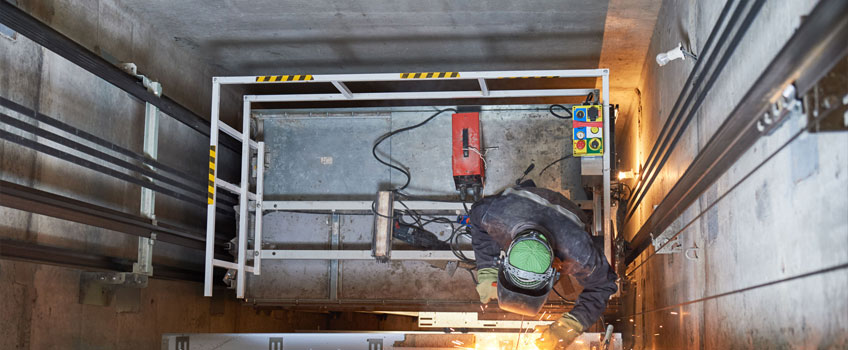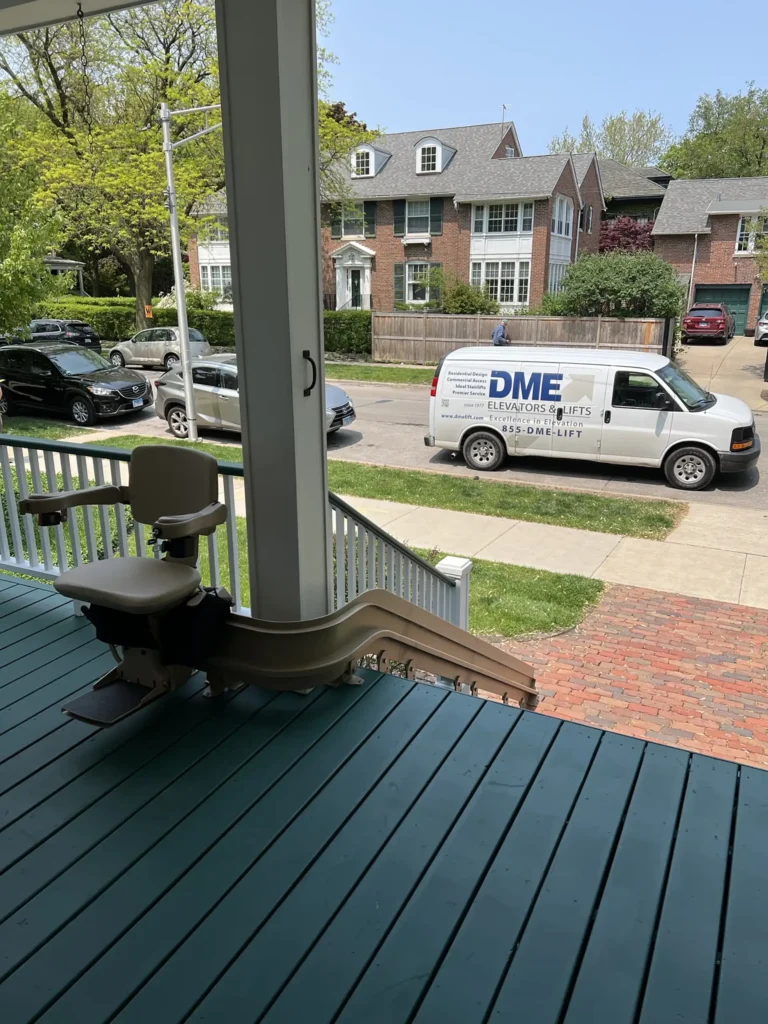Locate Expert Lift Maintenance Services: Best Lift Repair Companies Near Me
Comprehensive Guide to Lift Equipments and Their Upkeep
Browsing the intricate world of lift systems and their upkeep is a task that requires accuracy and knowledge. From the various types of lift systems in usage to the meticulous adherence to security laws, the upkeep of these vertical transport gadgets is a complex venture.
Kinds Of Elevator Equipments
The most typical kinds include hydraulic elevators, traction lifts, machine-room-less lifts, and vacuum cleaner lifts. Hydraulic elevators are optimal for low-rise buildings and utilize a hydraulic piston to move the elevator car. Machine-room-less elevators are a space-saving option as they do not require a separate equipment area for the lift machinery.
Each sort of elevator system has its very own benefits and downsides, making it essential for building owners and programmers to meticulously consider their details demands before selecting one of the most ideal choice. Factors such as constructing height, space schedule, power effectiveness, and budget restraints all play a substantial function in determining the most effective lift system for a particular structure.
Typical Maintenance Concerns
Regular maintenance of elevator systems is essential to ensure smooth operation and lengthen their life-span. Regardless of normal maintenance, elevator systems can still experience common upkeep concerns that need to be quickly addressed to prevent disruptions in solution. Routine assessments and positive maintenance can help recognize and solve these typical maintenance issues prior to they intensify and impact the overall performance of the lift system.
Security Regulations and Conformity
Abiding by rigid safety regulations and making certain conformity with market requirements are critical for maintaining the functional integrity of lift systems. Elevators are subject to a comprehensive collection of security regulations to guard travelers, upkeep workers, and the basic public. Regulative bodies such as the Occupational Safety and Health Management (OSHA) in the United States and the European Lift Organization (ELA) in Europe establish guidelines that cover different aspects of lift design, procedure, installation, and upkeep.
Compliance with these policies is not only a lawful requirement yet also an ethical obligation for structure owners and elevator upkeep companies. Failure to meet safety criteria can result in penalties, lawful responsibilities, and, most significantly, jeopardize the security of individuals making use of the lift. Normal evaluations, upkeep checks, and adherence to safety and security protocols detailed in the laws are necessary to ensure the risk-free and effective procedure of lift systems. By prioritizing safety policies and conformity, stakeholders can promote the trust fund of the public and mitigate potential risks related to elevator use.
Ideal Practices for Maintenance

Building proprietors should likewise consider spending in modernization upgrades to improve the performance and security of their lift systems. By following these ideal practices, lift systems can run smoothly and securely, providing trustworthy upright transportation for passengers.

Advanced Technologies for Effectiveness
Applying sophisticated modern technologies in lift systems can substantially improve operational efficiency and passenger experience. lift maintenance services. One of the vital innovations in elevator innovation is the introduction of location control systems. These systems permit travelers to input their desired flooring prior to going into the elevator, which after that guides them to the most efficient auto. By enhancing and minimizing unneeded stops travel courses, destination control systems decrease wait times and blockage in high-traffic buildings.
Furthermore, the assimilation of smart sensing units and predictive maintenance capacities has changed elevator maintenance. These sensors can find potential problems prior to they escalate, allowing this content aggressive maintenance treatments and minimizing downtime. Furthermore, the usage of energy-efficient elements and regenerative drives helps minimize power intake and operating costs in lift systems.
Furthermore, the application of cloud-based surveillance and remote diagnostics enables real-time tracking of elevator efficiency and prompt troubleshooting of any kind of malfunctions. This positive strategy not just improves system dependability however additionally boosts the overall individual experience by making sure smooth and uninterrupted elevator procedures.
Final Thought
To conclude, recognizing the different kinds of elevator systems, common maintenance problems, security guidelines, finest maintenance techniques, and progressed modern technologies for performance is crucial for ensuring the smooth operation of elevators. By adhering to safety regulations and implementing best practices for upkeep, structure proprietors can lengthen the life-span of their lift systems and make sure the security of travelers. It is very important to stay updated on the most up to date developments in elevator innovation to boost efficiency and integrity.
The most usual kinds consist of hydraulic elevators, grip lifts, machine-room-less elevators, and vacuum cleaner lifts. Hydraulic lifts are excellent for low-rise structures and utilize a hydraulic piston to move the elevator automobile. Machine-room-less elevators are a space-saving option as they do not require a separate device room for the lift machinery. Regular inspections and aggressive upkeep can help recognize and settle these typical maintenance over at this website concerns before they escalate and influence the general efficiency of the lift system.
